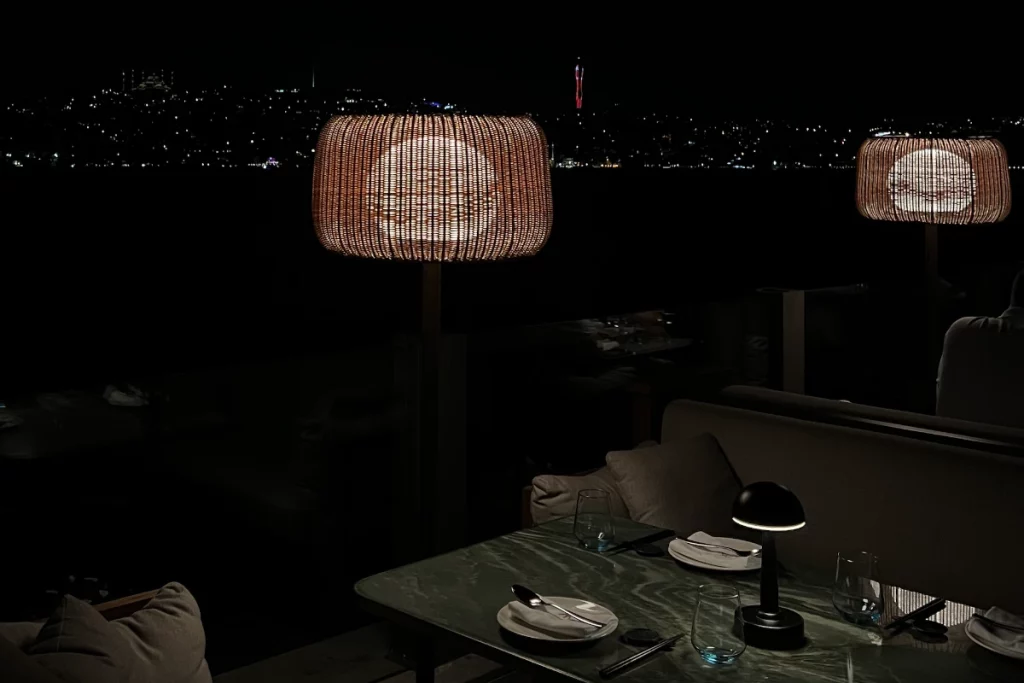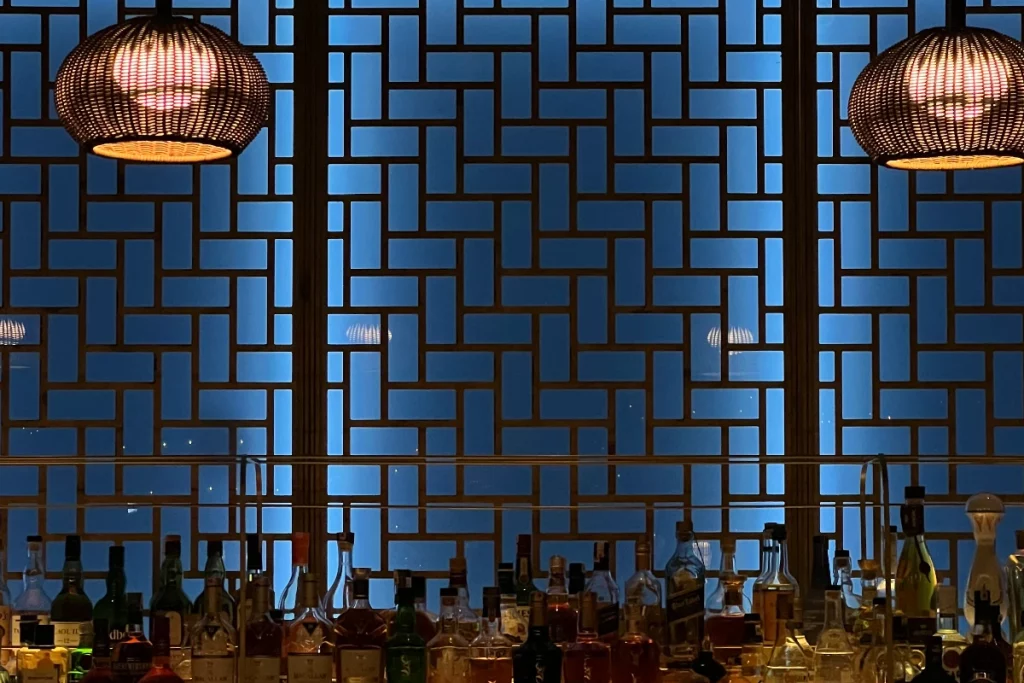
Navigating Istanbul’s Heritage from the Mandarin Oriental Bosphorus
Located in Besiktas and overlooking the Bosphorus, the Mandarin Oriental Bosphorus represents a fusion of Istanbul’s millennia-old past and contemporary design inspired by Ottoman palaces
Mandarin Oriental Bosphorus is located in Besiktas
The flow of the Bosphorus, which separates Europe from Asia, has created a landscape that is one of Istanbul’s main landmarks. It tells a magical story where the river, the clear or stormy sky, and the light are the protagonists. It is a story of adventure, ancient trade routes, and epic journeys. A thread that begins with the gold of Byzantium and winds through the epic of the Orient Express and the novels of Agatha Christie – including the mark of opulence from centuries of Ottoman rule, like the Iznik ceramic tiles, the blue hue of the mosques, and the sensuality of the sultans’ harems.
Mandarin Oriental Bosphorus is located in Besiktas and overlooks the Bosphorus, as the name suggests. Here, the water casts a spell, softening the traces left by time. River cruises depart from here, gliding languidly ancient palaces and gardens, once home to noble families, offering visitors the opportunity to see the city from a different perspective, framed by a skyline dotted with domes and minarets. At sunset, the panorama is tinged with a myriad of shades of pink and molten gold, orange and red.
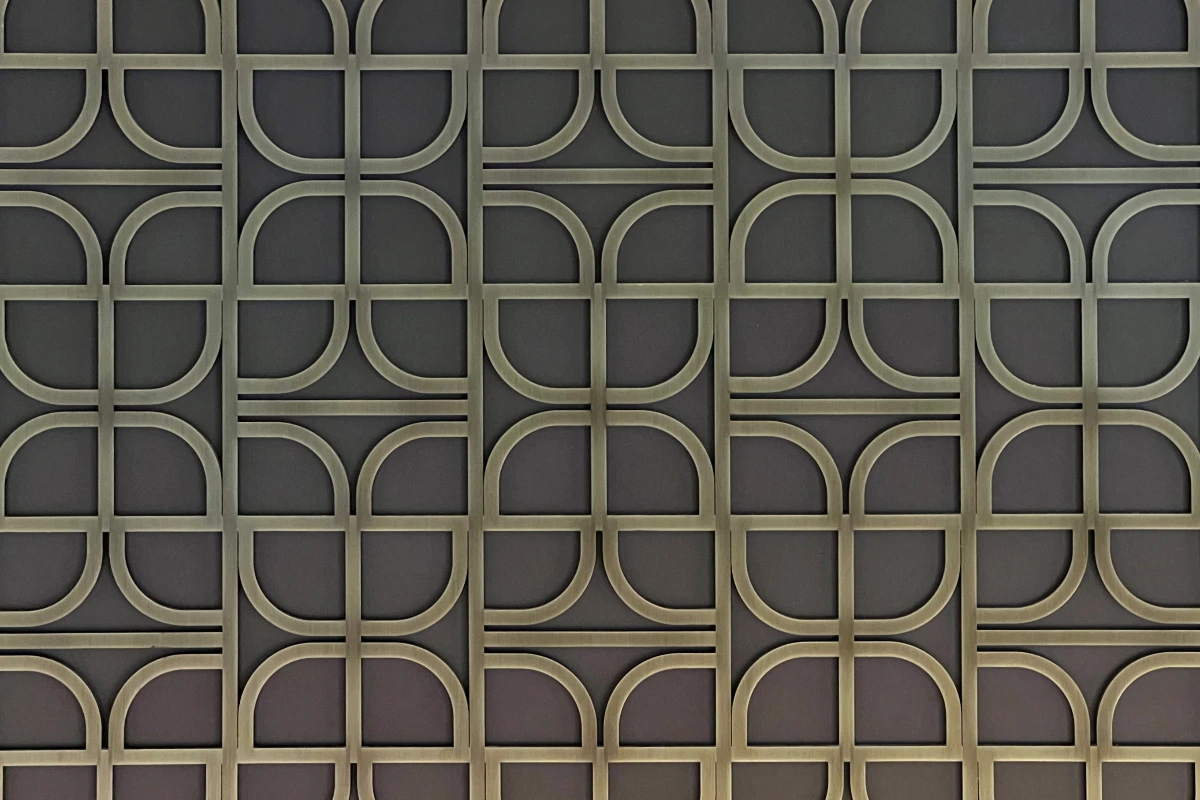
The Bosphorus: border and passage between two continents
The Bosphorus, squeezed between the Black Sea and the Sea of Marmara, splits the city of Istanbul in two. For centuries, its waters have been an essential passage for international trade but also a physical separation that marks the boundary between Europe and Asia. This geographical division has profoundly shaped the city’s history. Istanbul, in fact, is located on both shores of the Bosphorus: to the west is Europe, to the east is Asia. Despite the heavy maritime traffic, with thousands of commercial ships crossing these waters every year, the Bosphorus is also a meeting place—it has welcomed merchants, pilgrims, and travelers for centuries, making Istanbul a crossroads of cultures and ideas.
East and West meet—not without tensions. The city is a mosaic of influences where geography is just the first level of separation: history has played an even more complex role. Here, different religions, languages, and traditions have overlapped. The European side of the city has always looked west, with a more mercantile and modern spirit. The Asian side, on the other hand, retains a quieter, almost more traditional rhythm.
The July 15 Martyrs Bridge seen from Mandarin Oriental Bosphorus
From the privileged vantage point of the Mandarin Oriental Bosphorus, one can admire the bridge over the Bosphorus, built in 1973, which created a new connection between the two shores. It stretches 1,510 meters in length and 39 meters in width. At night, it is a triumph of blue, red, and white lights, complemented by the luminous trails of cars traveling back and forth between East and West.
The Bosphorus Bridge was the fourth-longest suspension bridge in the world when it was completed in 1973 and the longest outside the United States. It was designed by engineers Roberts and Brown in collaboration with Italian Almerico Meomartini. After a group of soldiers took control and partially closed the bridge during the attempted military coup of July 15, 2016, the bridge was renamed the July 15 Martyrs Bridge (15 Temmuz Şehitler Köprüsü) in memory of those who were killed while resisting the coup attempt.
Traffic and urban development: the Marmaray as a symbol of integration
The Marmaray is another iconic infrastructure in Istanbul, an underwater rail tunnel that connects the banks of the Bosphorus beneath the water, physically removing the sea barrier. The project reflects the explosive growth of the city, which has seen its population increase to over 15 million inhabitants in recent decades. Road traffic is one of Istanbul’s main problems, and the Marmaray was designed to alleviate it. It is not just a matter of transportation: the tunnel represents the desire to unite East and West in a more seamless way. The rail transport, which connects the two shores, symbolizes a greater cultural and economic integration of the city.

An architectural project by Tihany in New York, the Mandarin Oriental Bosphorus
In 2021, Mandarin Oriental Bosphorus opened as an urban resort capturing the essence of Istanbul. Inspired by the historic residences and palaces that dot Istanbul’s waterfront, Mandarin Oriental Bosphorus presents itself as a contemporary homage to this city with a layered history. The design project is by Adam D. Tihany and Alessia Genova—every architectural and decorative detail of the hotel reflects a balance between modern elegance and the city’s rich cultural heritage.
In the lobby, a large triple-height volume symbolizes the “heart” of the hotel, a meeting place that recalls Istanbul’s historic squares. One of the distinctive elements is a three-dimensional steel screen inspired by the movement of the waves on the Bosphorus. The structure is enriched with numerous details that evoke local tradition: the pattern designed specifically for the hotel can be found in various applications, such as the three-dimensional metal motif on the entrance door, inspired by carpet washing.

Another iconic design element is a modern boat adorned with handcrafted turquoise glass, representing the connection between past and future, ideally sailing towards the Bosphorus. Furthermore, Turkish tradition is evoked in many other details, such as custom embroidery and fabrics that include symbols like the tulip, dear to Ottoman culture and a symbol of rebirth.
The hotel is designed to host a wide range of social and corporate events, thanks to its opulent ballrooms and versatile spaces. Each environment is crafted to create a sense of luxury and hospitality, with a particular focus on natural materials and craftsmanship quality. The Novikov bar stands out with its mural depicting Istanbul’s topography and stitching details on its columns, reflecting the region’s artisanal heritage.
The spa at Mandarin Oriental Bosphorus is a sanctuary of wellness, immersed in a Zen garden and organized around two concentric circles symbolizing the cycle of life. The renowned hammam and relaxation area, as well as the treatment rooms, are designed to promote tranquility and regeneration. Using natural and ecologically sustainable materials, the spa creates a harmonious environment that combines luxury and nature respect.
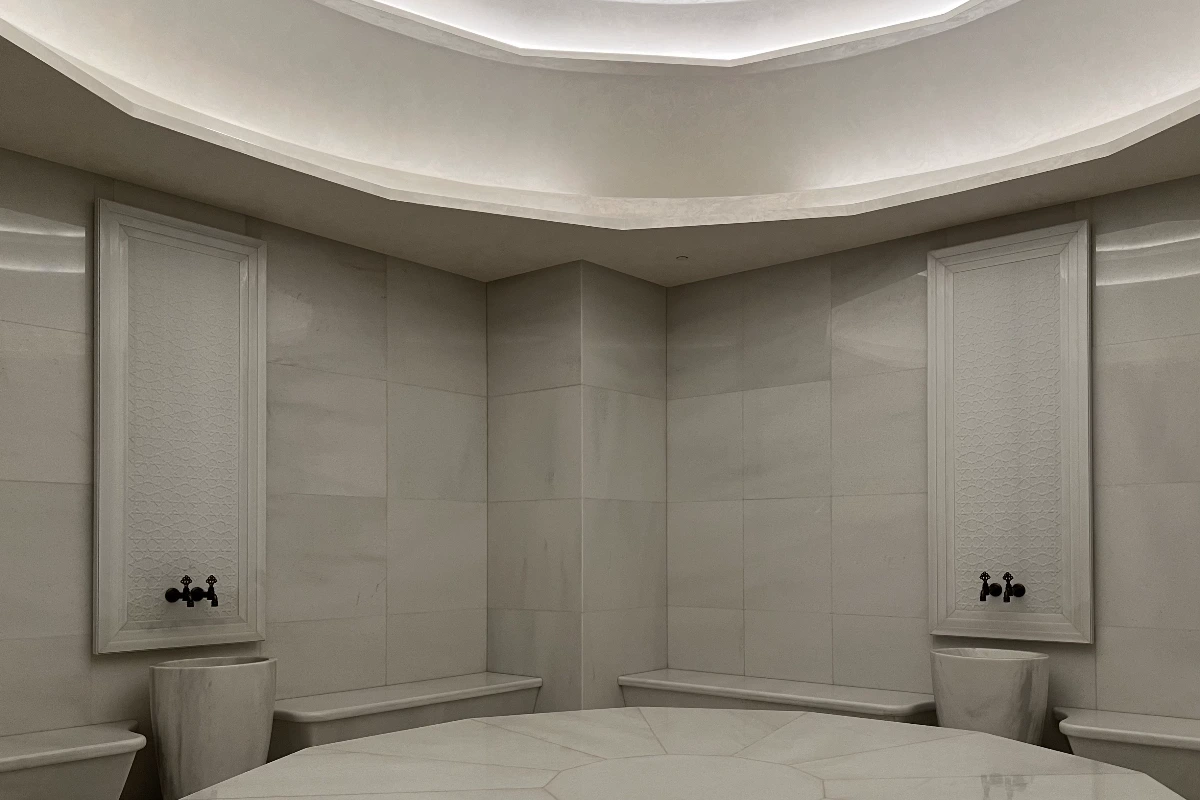
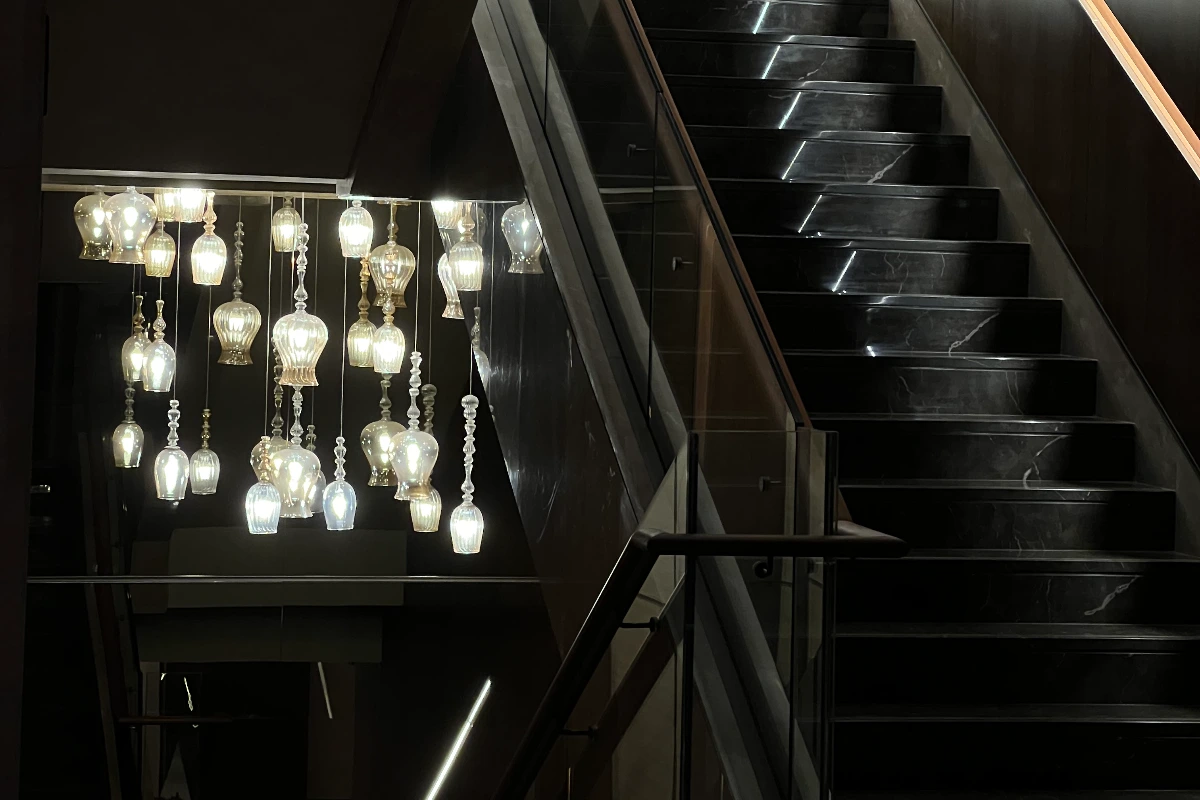
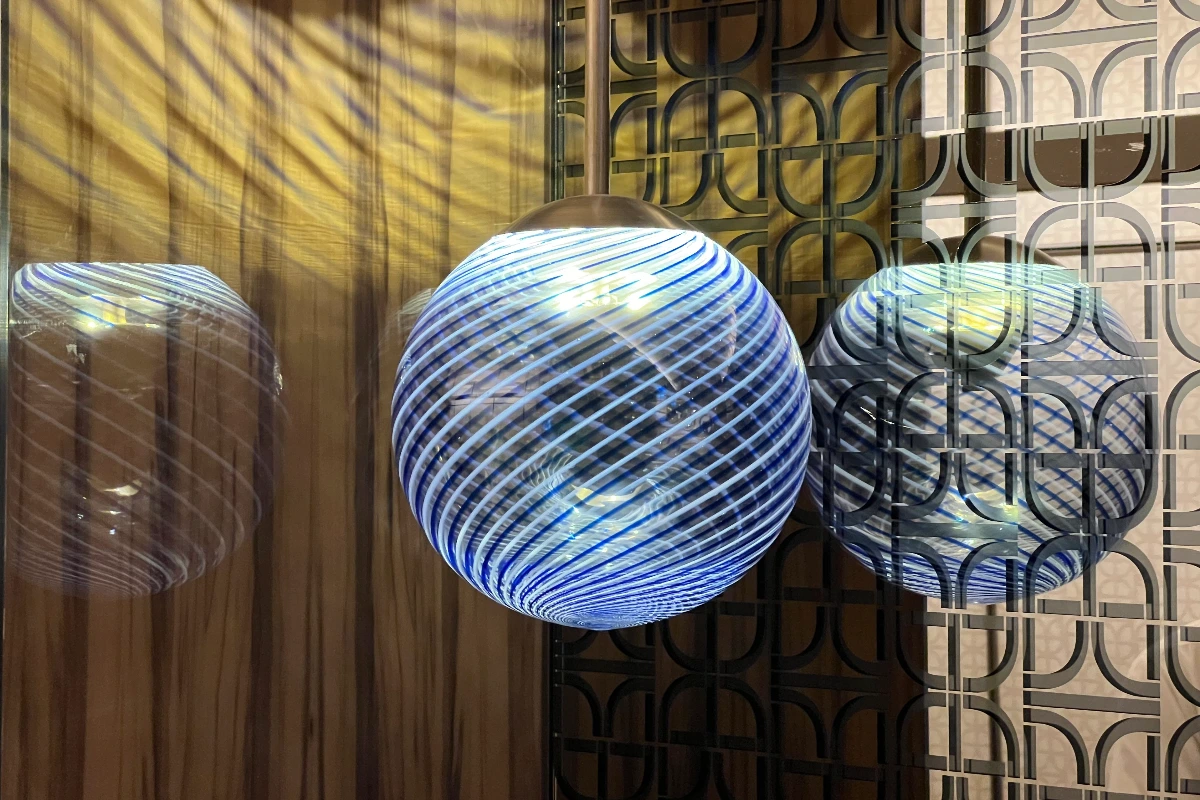
Hakkasan: the meeting point between globalization and tradition on the Bosphorus
Hakkasan is one of the restaurants at Mandarin Oriental Bosphorus, representing an example of how globalization has profoundly redefined the city’s gastronomic geography. The restaurant is part of an international chain known for its interpretation of Cantonese cuisine. However, its significance goes beyond the mere reproduction of traditional dishes. Hakkasan, with its ambiance, becomes a microcosm where global flows and local roots intertwine, reflecting the dynamics of the city itself.
Hakkasan stands out not only as a luxury restaurant but as a space where Eastern cuisine engages international palates. The menu, while inspired by Chinese culinary traditions, is a synthesis of influences that reflect the fluid character of the city. Dishes like Peking duck, a cornerstone of Cantonese cuisine, are enriched with elements that reveal the imprint of globalization, such as the use of imperial caviar, in a constant dialogue between East and West.
The traditional dish becomes a vehicle for new experiences, blending flavors that no longer belong to a single tradition but are the result of cross-cultural influences that reflect the cosmopolitan nature of Istanbul. The choice of ingredients like black truffle or lobster within the dim sum, for example, shows how Hakkasan manages to maintain a connection with its cultural identity while navigating the waters of global taste.
Istanbul, a city that lives in the tension between preserving traditions and embracing the new, is the ideal stage for this form of gastronomic dialogue. The menu, in fact, becomes a silent narrative of contemporary dynamics: the exchange between cultures, the evolution of tastes, and the ability of cuisine to adapt and respond to international demand, without ever forgetting its roots.
Samuel Hernest
